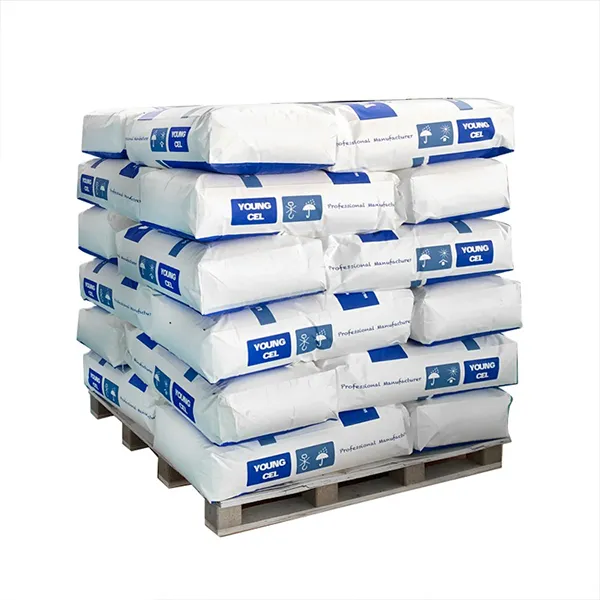The Role of HPMC in the Construction Chemical Industry
Hydroxypropyl Methylcellulose (HPMC) stands as a vital ingredient in the construction chemical sector, playing a significant role in enhancing the performance and application of various construction materials. This cellulose ether is synthesized from natural cellulose, making it environmentally friendly and sustainable. Its unique properties, including excellent water retention, improved adhesion, and enhanced workability, make HPMC indispensable in modern construction applications.
Water Retention and Workability
One of the primary functions of HPMC in construction chemicals is its remarkable water retention capability. This property is crucial during the application of cement-based materials, such as plasters and adhesives. By retaining water, HPMC ensures that the mixture remains workable for a more extended period, allowing construction workers to apply materials effectively without the risk of premature drying. This is particularly beneficial in warm climates, where fast evaporation can compromise the integrity of the applied materials.
Moreover, HPMC improves the workability of mortars and plasters, making them easier to spread and manipulate. When added to these mixtures, HPMC increases their viscosity, providing a smooth texture that is easy to apply. This enhanced workability reduces the effort required during application, thus increasing productivity on construction sites.
Enhanced Adhesion
Another significant advantage of incorporating HPMC into construction chemicals is its ability to enhance the adhesion of various materials. When HPMC is used in tile adhesives, for instance, it creates a stronger bond between the tiles and the substrate. This is especially crucial in flooring applications, where strong adhesion is necessary to withstand foot traffic and environmental conditions. The presence of HPMC ensures that tiles remain securely in place, reducing the risk of cracking or debonding over time.
The use of HPMC also allows for flexibility in adhesive formulations, enabling manufacturers to tailor products for specific applications. For instance, by adjusting the molecular weight of HPMC, manufacturers can produce adhesives with varying levels of viscosity and adhesive strength to meet the needs of different projects. This versatility makes HPMC a favored choice among construction chemical producers.
construction chemical hpmc

Resistance to Shrinkage and Cracking
HPMC also contributes to the durability of construction materials. Its water-retaining properties help mitigate shrinkage and cracking, which are common challenges in cement-based applications. When concrete or mortar dries too quickly, it can shrink unevenly, leading to unsightly cracks that compromise the appearance and structural integrity of the finished product. HPMC helps manage this by providing a controlled drying process, allowing for uniform curing and reducing the likelihood of damage.
Applications in Various Construction Chemicals
The applications of HPMC are extensive and diverse within the construction industry. It is commonly used in products like tile adhesives, joint compounds, stuccos, and self-leveling compounds. Additionally, HPMC is found in gypsum-based materials, enhancing their performance and user-friendliness.
As the construction sector continues to evolve, the demand for high-performance materials and sustainable solutions grows. HPMC meets these demands by providing a reliable and effective option for manufacturers seeking to develop superior construction chemicals. Its balanced combination of properties, including water retention, workability, adhesion, and durability, positions HPMC as a cornerstone in the formulation of modern construction materials.
Conclusion
In summary, Hydroxypropyl Methylcellulose is an essential component in the construction chemical industry. Its contributions to water retention, adhesion, workability, and durability highlight its importance in various applications, from adhesives to plaster mixes. As the industry focuses more on sustainability and performance, HPMC is poised to remain a leading ingredient that supports the development of innovative and effective construction solutions.
-
Premium Detergent Grade HPMC Hydroxypropyl Methylcellulose: Superior Thickening & StabilityNewsAug.31,2025
-
HEC 100000 Hydroxyethylcellulose for Paint | Superior ThickeningNewsAug.30,2025
-
Wall Putty Rdp Powder Packaging DesignNewsAug.29,2025
-
Introduction to Hpmc Hydroxypropyl Methyl CellulosNewsAug.29,2025
-
Hpmc Industri Grade IntegrationNewsAug.29,2025
-
How to Choose the Right Construction AdhesiveNewsAug.29,2025




